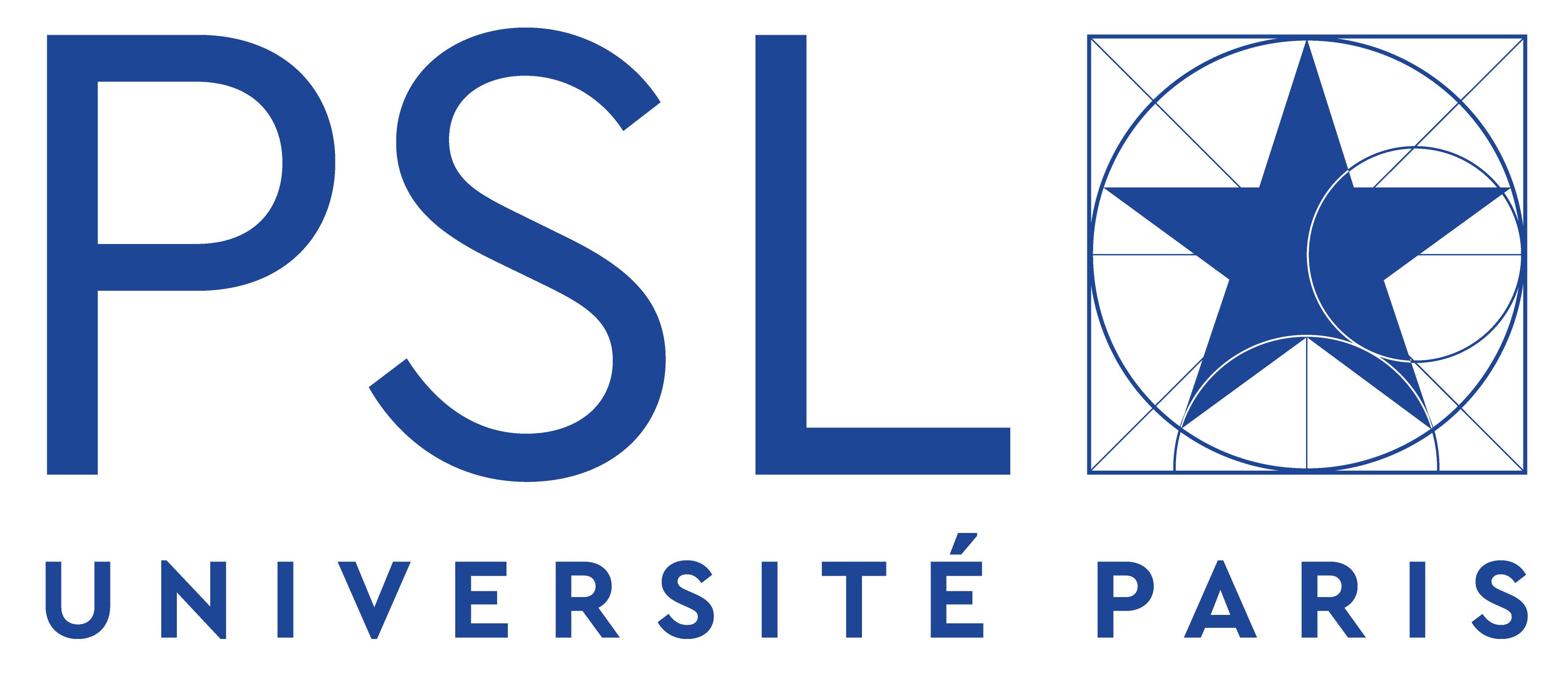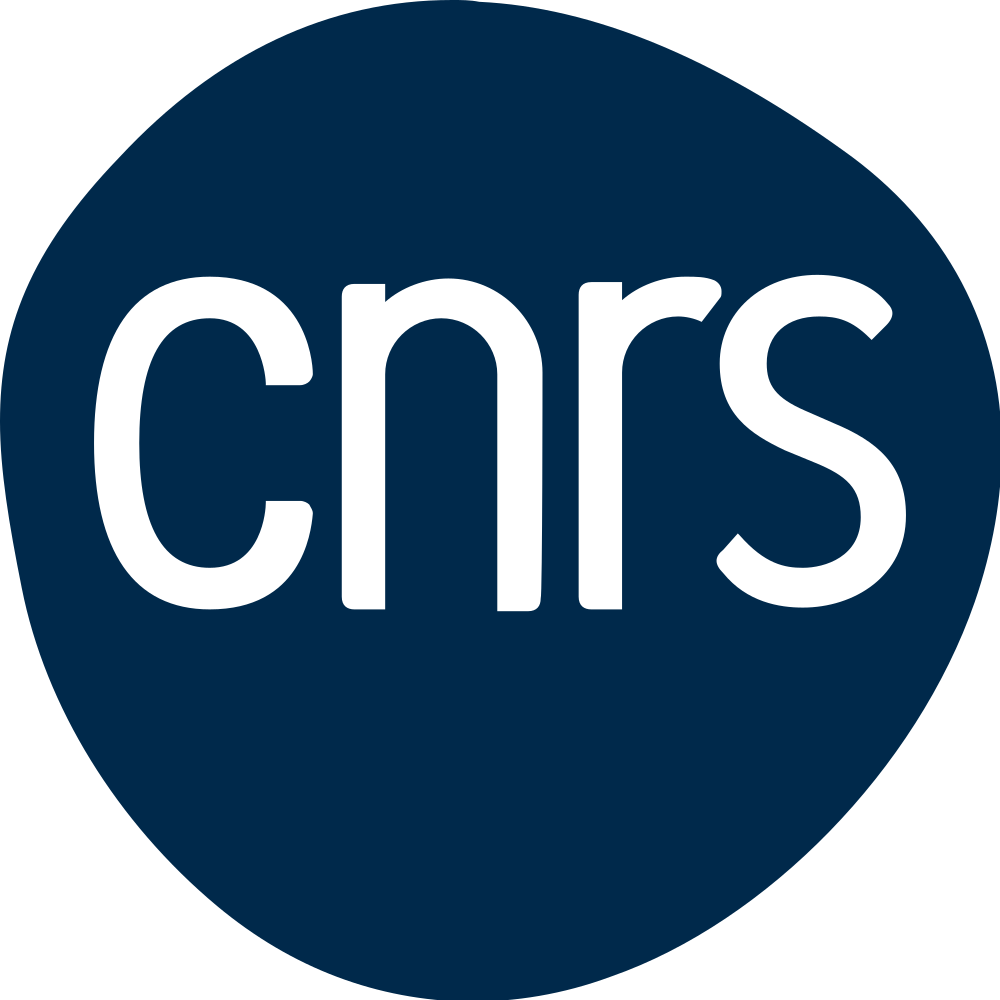Imagerie super-résolue pour la nanophotonique
Outre les applications de l’imagerie super-résolue aux milieux cellulaires, nous nous intéressons également à leur utilisation en nanophotonique. Nous avons ainsi développé une nouvelle méthode pour étudier les interactions lumière-matière à l’échelle nanométrique à l’aide de molécules fluorescentes en présence de nanostructures résonantes. La méthode, baptisée smFLIM (single-molecule fluorescence lifetime imaging) combine astucieusement la super-localisation de molécules photoactivables et la mesure simultanée de leur durée de vie, dont l’inverse est proportionnel à la densité locale d’états électromagnétiques (EM-LDOS) (figure ci-dessous). De cette manière, nous avons pu mesurer des cartes super-résolues de EM-LDOS avec une résolution spatiale de l’ordre de la dizaine de nm dans les images de EM-LDOS mesurées sur des nanostructures plasmoniques et cela sans aucune sonde à balayage [Bouchet et al., Optica 2019][Blanquer et al., ACS Phot. 2020]. Il s’agit d’une percée importante car cela démontre qu’il est possible d’utiliser les méthodes de super-résolution généralement utilisées en biologie cellulaire afin de sonder les processus d’interactions lumière-matière en nanophotonique [Koenderink et al., Nanophot. 2021].

Principe de l’imagerie smFLIM combinant imagerie super-résolue et imagerie de temps de vie de fluorescence (gauche) et application à l’étude de la modification de temps de vie de molécules individuelles couplées avec un nanofil d’argent (droite).









